The word purée is of French origin, meaning 'refined' or 'purified.' So, if you are embarking on a new journey involving puréed food, look at it as though you will simply be eating a refined diet of fancy French food every day!
A purée is a single or multiple foods blended until completely smooth, with no chunks left to chew. The puréed diet is hugely convenient with its modified texture, as it reduces the risk of choking. In addition, it helps you get all the proper nutrients your body needs to keep you in good shape with ease.
With a puréed diet, you can meet all your nutritional goals, which will help your body heal from the inside out and prevent any possible nasty side effects of malnutrition. It also provides much more variety in options than other modified-texture diets, like liquid diets. This makes it much safer to continue long-term than a liquid diet.
So, if you or a loved one needs puréed food for the long haul, you're in the right place! The flavor of your meals overall relies heavily on its texture. You can make delicious meals with suitable recipes, tools, and ingredients!
Jump to:
- Who needs puréed food?
- What are the benefits of a puréed diet?
- Some tips for the perfect purée
- Which foods will blend in and which won't
- Tips to prepare your ingredients for puréeing
- Are purées generally nutritious?
- Five purée-friendly recipes
- Enhance your puréed diet with these products
- An ending to all the blending
- Comments
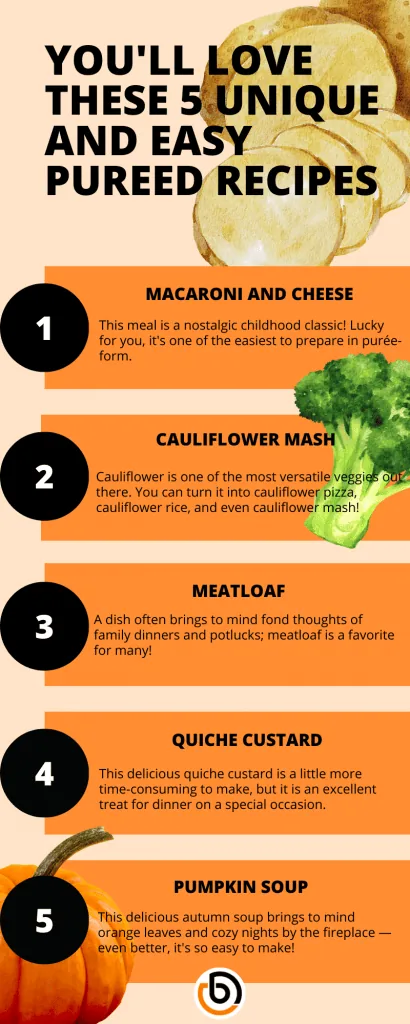
Who needs puréed food?
Perhaps you are currently undergoing health issues or illnesses that cause you trouble chewing, swallowing, and digesting food, or maybe you are trying a new diet for an elderly loved one. Whatever the reason, if you or your loved ones are struggling with chewing or swallowing, a puréed diet could be the saving grace you have been looking for!
Here are some reasons that commonly require a puréed diet as a solution:
- Oral procedures or dental procedures
- Digestive difficulties
- Mouth or throat injury
- Inability to eat or swallow with ease, possibly caused by neurological diseases
- Bariatric surgery to combat morbid obesity
- Injuries affecting the jaw
- Elderly individuals with weak teeth
- Radiation treatment targeting the neck and head regions
If you or your loved one is struggling with their ability to chew:
Those can face chewing problems with missing teeth, oral discomfort, or the often-painful recovery period after an intensive oral procedure. In such situations, puréed food is just what you need to provide all the necessary nutrients in a modified form without compromising taste. High-calorie drinks like fortified milk and nutrition shakes are a great option if you struggle to chew.
If you or your loved one is struggling with their ability to swallow:
If you face problems swallowing, the most important part of modifying your diet is to get the consistency right. Soups, milkshakes, and smoothies are ideal for this sort of diet. Speech therapists will often make recommendations regarding specific modifications, and a dietician will provide valuable advice on which foods to include in your diet.
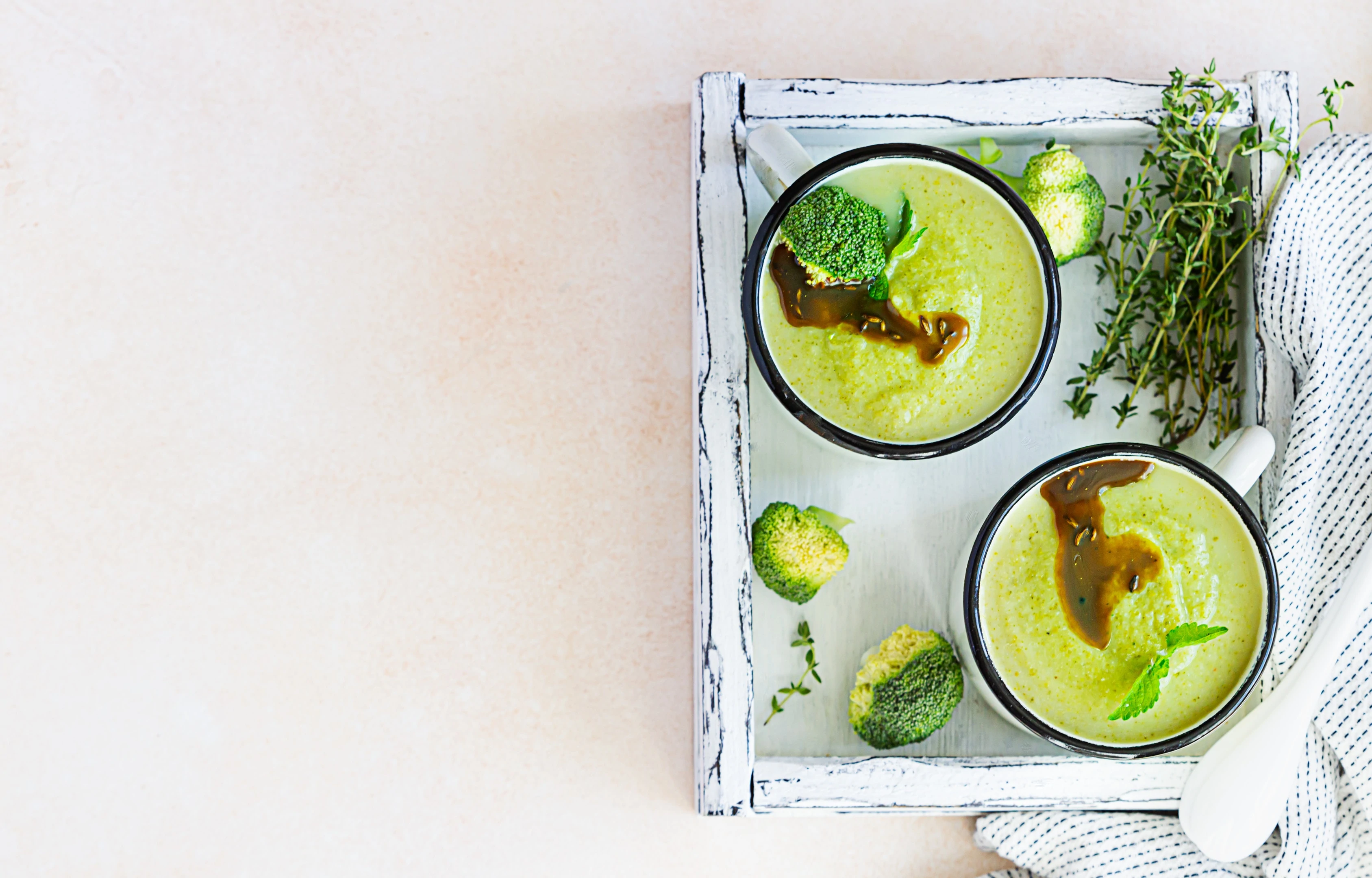
What are the benefits of a puréed diet?
As we already know, puréed food doesn't require any chewing, and because of this, it is far easier to digest. It can be between a regular, solid diet and a purely liquified one. It can also help prevent unwanted weight loss and provide all the necessary nutrients while being relied on as a long-term solution.
To keep yourself fit and healthy no matter your age is the best thing you can do for your body, and if you have a health issue that prevents you from eating a regular diet, the nutrients this diet provides are indispensable.
Some tips for the perfect purée
- Find the perfect blender — With all this heavy-duty blending, you will need a sturdy blender to keep up with you. It must suit your specific needs in size, power, and price. Don't forget, with how often you'll be using it, you will need one which is easy to clean. If you can't find a blender that suits your needs perfectly, you should be able to find a suitable food processor. If even that fails you, you can always mash up your food by hand if you cook your ingredients soft enough and take your time with it.
- Making sure you're staying healthy — When switching your diet, whether it be vegan or puréed, you should first ensure that it encapsulates all the necessary macronutrients and micronutrients your body needs. Make sure to include healthy choices of ingredients from all the food groups, like fruit and veggies, eggs and dairy, whole grains, and healthy proteins. Don't forget to add your favorite spices and herbs now that you rely on flavor rather than texture. Try out different combinations until you find the things that you find enjoyable. Variety is the spice of life, after all!
- How to purée just about anything:
- Get rid of parts that can't be blended, like seeds, bones, skin, or inedible sections (like the core of an apple.)
- Chop the ingredients up into tiny pieces.
- Cook the ingredients using the method of your choice until they are soft.
- Add the ingredients into your blender and purée! You may need to add additional liquids to achieve the consistency you need. The more liquid you add, the more watery your purée will be.
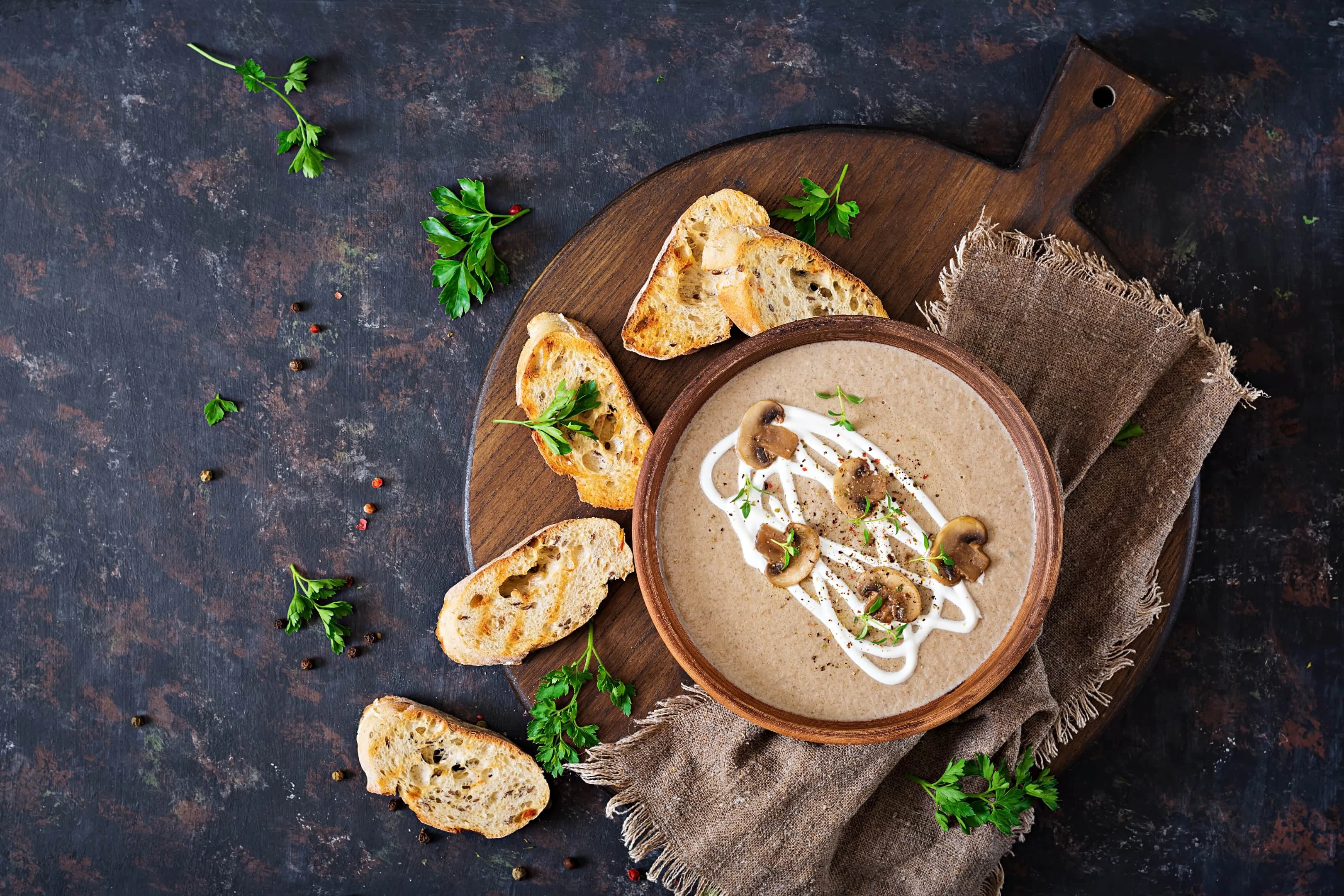
Which foods will blend in and which won't
Most foods you eat within your everyday diet can be eaten in a puréed diet, as long as they are prepared correctly. The ingredients you choose should be smooth, devoid of any seeds, bones, or chunks, which can negatively impact the texture of the purée, causing it to be less than appetizing or present a possible choking hazard. Whenever possible, choose foods like applesauce or milkshakes for snacks, soups for meals, and puddings for desserts.
Stewing and boiling your ingredients are great ways to ensure they will blend in tip-top shape. You can mash fruits and berries into jam and vegetables like sweet potato and cauliflower to create a nutritious mash. When cooking pasta, rice, or meat, cook it well until highly soft, and then add complementary liquids to thin out the purée. Add gravy to mashed potatoes or cauliflower, curries to blended rice, sauces to puréed pasta—whatever you want.
Tips to prepare your ingredients for puréeing
- While preparing your ingredients, pre-purée, the main goal is to cool them until very soft. Cooking methods that include a lot of liquid, like braising, boiling, stewing, and simmering in liquid, let your ingredients absorb more moisture than they would otherwise. The additional liquid is a massive help in the pureeing process and makes it much smoother.
- Remember how you arrange the ingredients while loading your blender or food processor. The toughest ingredients with the least moisture (like meats and poultry) should go at the bottom near the blender's blades. Add in some of your complementary liquid, and then blend. Once this first course is puréed, add the rest of your soft ingredients, like vegetables and starches, before pureeing again. If you don't like your ingredients mixed together, feel free to purée them separately, though it is a little more work.
- When you are working with awkward ingredients like stringy legumes or fish with tiny bones, make sure to add a little more liquid to your purée to make it thinner, and then strain it so you can be sure it is entirely free of unwelcome lumps, bumps, and chunks.
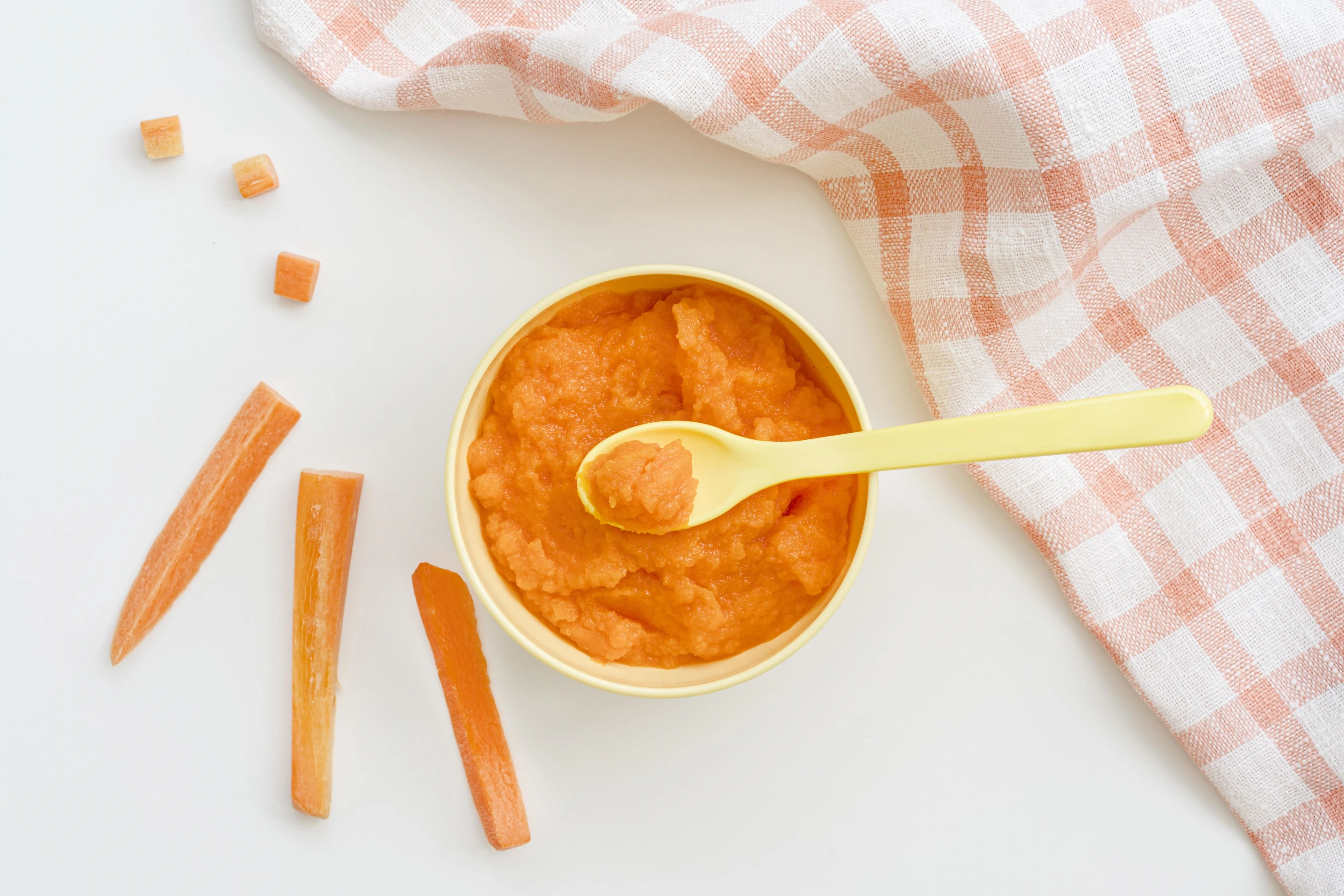
Are purées generally nutritious?
The 2015-2020 Dietary Guidelines (outlined by the Department of Health and Human Services in conjunction with the Department of Agriculture) should be adhered to by any nutritionally inclusive puréed diet. These state that the diet must rely on nutritionally rich, whole foods that cover all the food groups, including fruit and veggies.
Even though, in theory, a puréed diet should provide almost the same nutrition as a regular diet, research has shown that it often may provide up to 31% fewer calories and fewer macronutrients, including 41% fewer grams of fat and 45% fewer grams of protein.
With this in mind, you do not need to panic. The fix is simple! Just make sure to track your weight and muscle mass. If you find that you are experiencing any more weight loss than possibly desired or muscle loss, supplement your diet with more protein. Add more legumes, tofu for protein, and whole milk and cream for extra caloric density. You can even start drinking protein shakes!
Five purée-friendly recipes
1. Macaroni and cheese
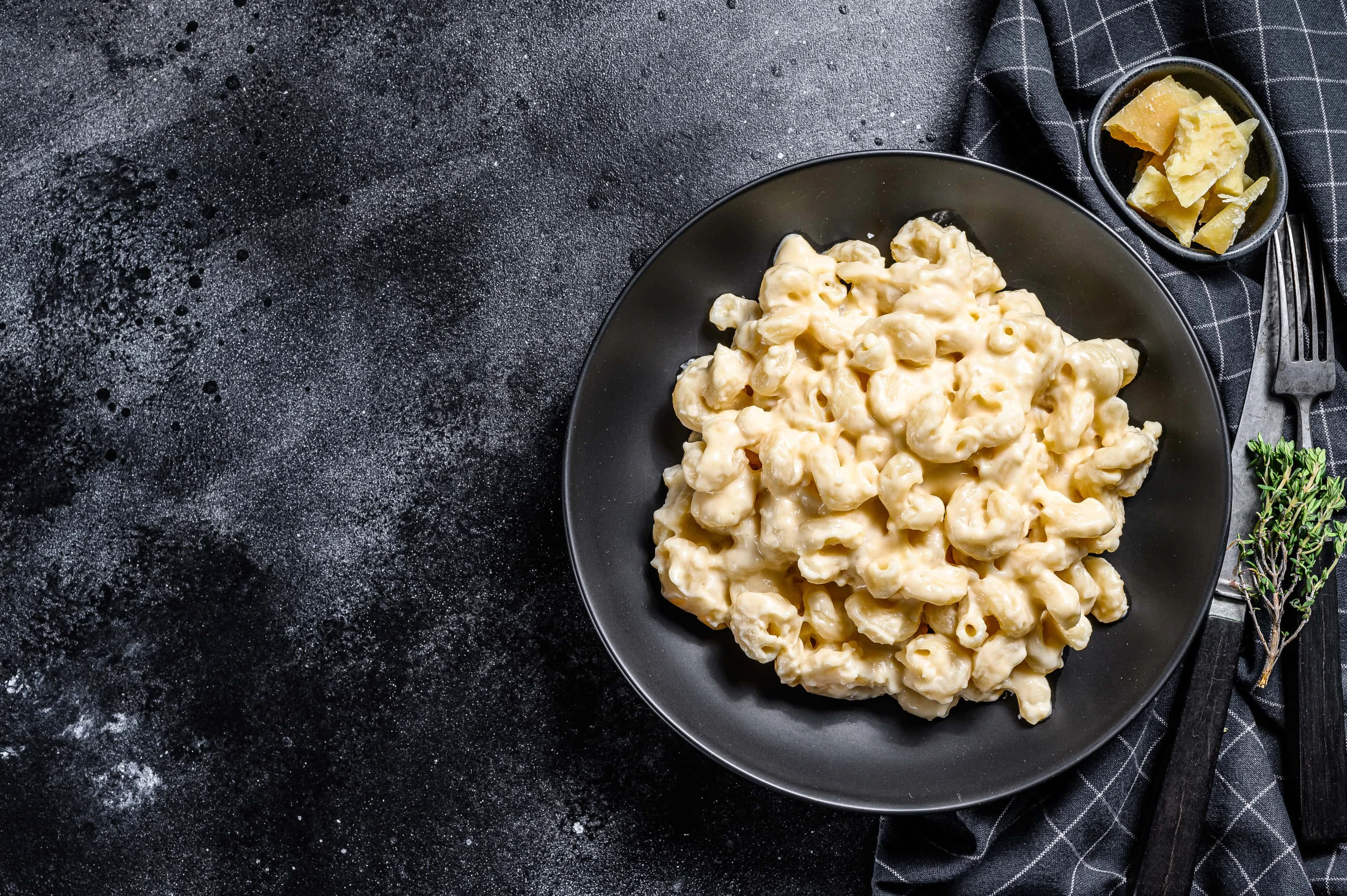
This meal is a nostalgic childhood classic! Lucky for you, it's one of the easiest to prepare in purée-form. Simply cook the mac and cheese how you like, then pop it into a blender with a dash of warm milk. Blend until you achieve a smooth and creamy consistency, adding more warm milk if you wish a thinner purée.
2. Cauliflower mash
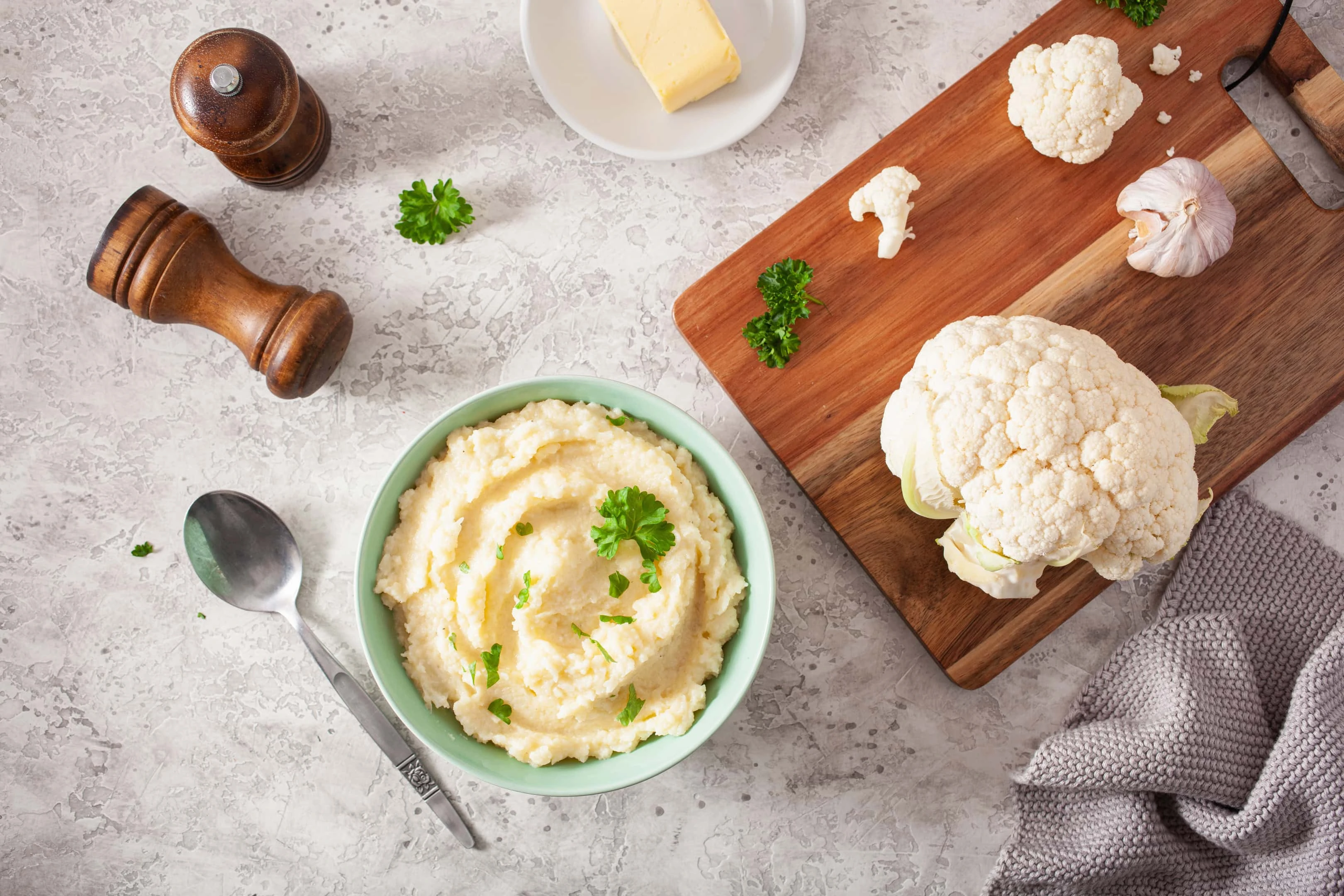
Cauliflower is one of the most versatile veggies out there. You can turn it into cauliflower pizza, cauliflower rice, and even cauliflower mash! Boil the cauliflower until soft and tender, and save half a cup of the boiling water before draining it. Chop the cauliflower into smaller pieces before putting it into the blender, along with some of the water you set aside. Add a little knob of butter and any seasonings you desire before blending. Once you have achieved your desired consistency, pair it with some gravy for a healthier alternative to mashed potatoes.
3. Meatloaf
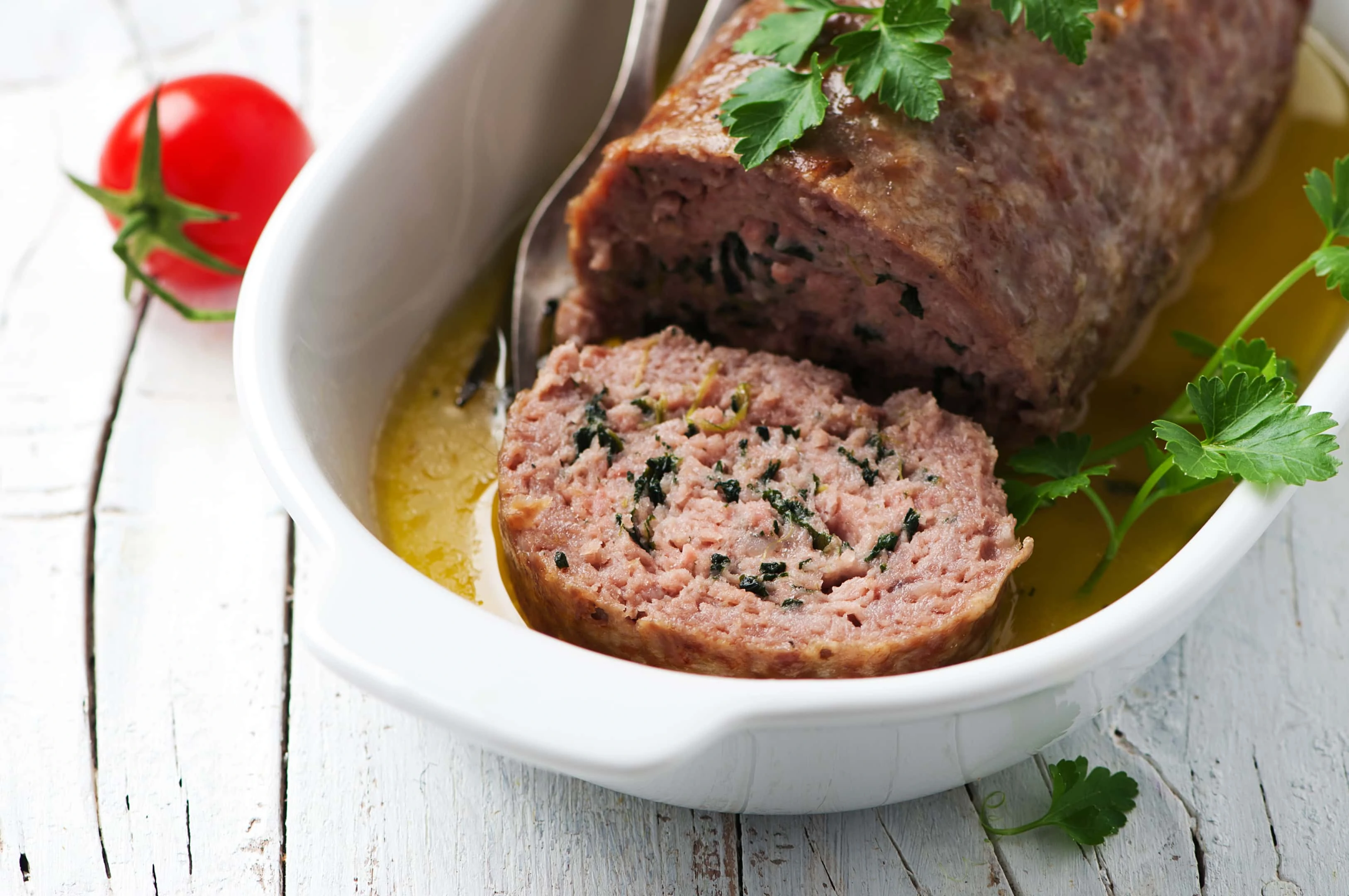
A dish often brings to mind fond thoughts of family dinners and potlucks; meatloaf is a favorite for many! Most families have their closely guarded recipe passed down for generations. If that is the case for you, you'll be glad to know that an inability to chew will not stop you from gorging yourself to your heart's content on meatloaf at family gatherings. To create the perfect puréed meatloaf, serve yourself a large portion of meatloaf and chop it up into small pieces, transfer the slices of meatloaf into your blender, and pour half a cup of beef stock before blending. Once completely smooth, you can mix in two tablespoons of fine cracker meal. Serve your meatloaf with some gravy and mash, and dig in!
4. Quiche custard
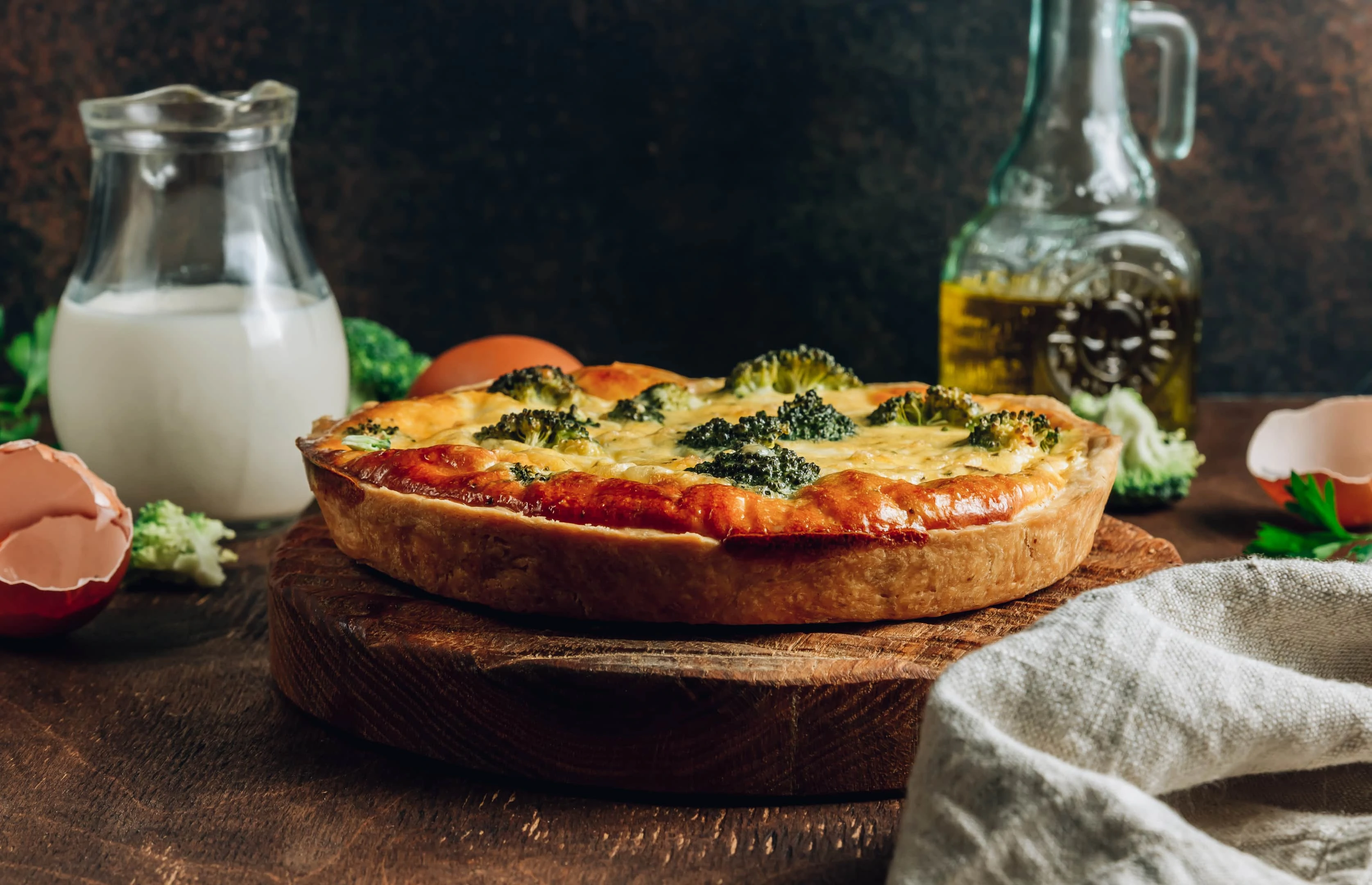
This delicious quiche custard is a little more time-consuming to make, but it is an excellent treat for dinner on a special occasion. To begin, preheat your oven to 350° F and heat a tablespoon of butter in a saucepan. Sauté a quarter of an onion, chopped fine, in the butter until the butter is melted and the onion has browned. Transfer the contents of the saucepan into a blender, along with a quarter cup of milk, a quarter cup of heavy cream, and one egg. Blend until all the ingredients are thoroughly mixed and smooth. Next, in an oiled casserole dish, scatter a quarter cup of melting cheese of your choice and a tablespoon of Parmesan. Pour the blended mixture over the cheese layer, add your choice of seasonings on top, and place the entire dish inside a bigger pan filled with hot water. Move the pan, with the casserole dish inside, into the preheated oven and bake for half an hour.
5. Pumpkin soup
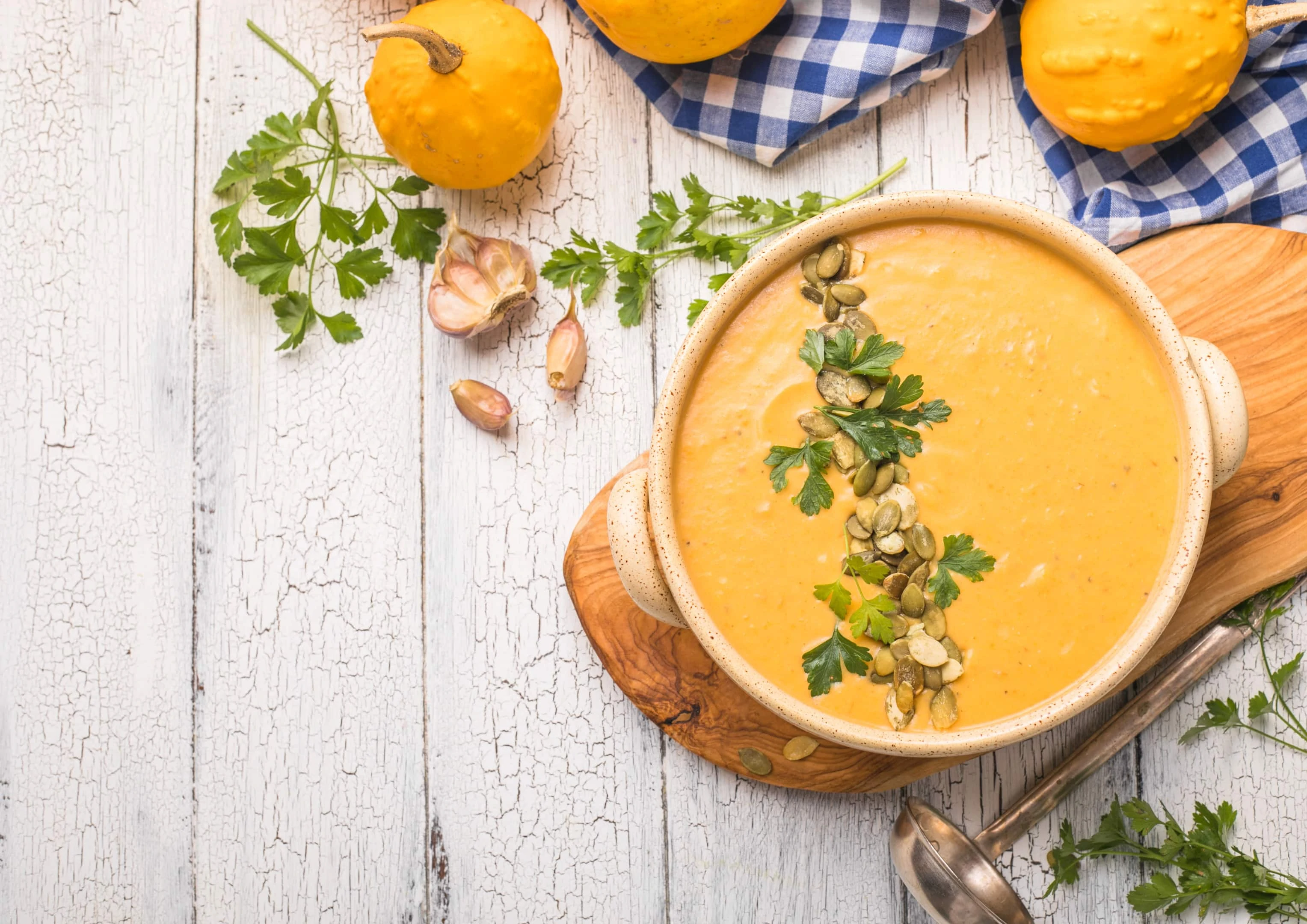
This delicious autumn soup brings to mind orange leaves and cozy nights by the fireplace — even better, it's so easy to make! This soup calls for five cups of puréed pumpkin, three cups of veggie stock, a half cup of cream, one sliced onion, a clove of garlic, some nutmeg, ginger, and your spices of choice. Drop all your ingredients apart from the cream into one big pot and bring it to a rolling boil. Lower the heat and allow the concoction to simmer for half an hour. Allow it to cool slightly before transferring it to your blender. Purée the soup until completely smooth and no chunks are left. Bring it back to the stove and boil it once more before lowering it to a simmer. Now, stir in the heavy cream slowly until fully incorporated. Simmer for half an hour before serving this delicious soup as a hearty dinner!
Enhance your puréed diet with these products
Embarking on a puréed diet journey doesn't mean compromising on taste or nutrition. With the right tools and ingredients, you can create various delicious and nutritious meals. Here are some products that can help you make the most of your refined culinary experience:
- High-performance blender — A powerful blender is essential for achieving smooth, lump-free purées. Look for one with multiple speed settings and easy-to-clean features to make your puréeing process a breeze. [View on Amazon]
- Food molds — Get creative with your meals by using food molds to shape your purées into appetizing forms, making them visually appealing and enjoyable to eat. [View on Amazon]
- Nutrition shakes — Supplement your diet with high-calorie nutrition shakes to ensure you meet your daily nutritional needs, especially if you're experiencing weight or muscle loss challenges. [View on Amazon]
- Protein powder — Add a scoop of protein powder to your purées or shakes to increase your protein intake, which is essential for maintaining muscle mass and overall health. [View on Amazon]
- Herb and spice set — Experiment with various herbs and spices to enhance the flavor of your puréed meals. From basil to cumin, each addition can bring a new taste dimension to your dishes. [View on Amazon]
- Silicone piping bags — Unleash your inner artist by using silicone piping bags to design your puréed meals in fun and appetizing ways on the plate. [View on Amazon]
Remember, while these products can aid in making your puréed diet more enjoyable and nutritious, consulting with a healthcare professional or a dietician is essential to ensure that your dietary needs are being met appropriately.
Disclaimer: Being an Amazon Associate, I earn a small commission from eligible purchases.
An ending to all the blending
As you probably know by now, a puréed diet is not the world's end for your tastebuds. Puréed meals can still be exciting and delicious; it's all down to finding your or your loved ones' preferences and perfecting the texture. Even so, it can often prove to be a difficult transition, as giving up textured food will never be easy, but you can do some things to make the transition a little more bearable.
Aside from working on the flavor and texture of the purées themselves, it's worth looking into food molds that you can use to shape your purée so that it resembles solid food. You can also get creative and unleash your inner artist! Use piping bags to pipe the purées onto the plate in fun and appetizing designs — you'll have so much fun eating the art, you won't even miss the texture.
In life, it's all about finding the bright side of a difficult situation, so if you are relegated to puréed foods for any length of time, make the most of it by being as creative as possible. Who knows, you may even come up with something entirely new!

A writer passionate about wellness, nutrition, and intentional living. She creates engaging, research-based content that empowers readers to live healthier lives. Through every article, she brings clarity, inspiration, and a touch of everyday practicality. Read more about Juliana.

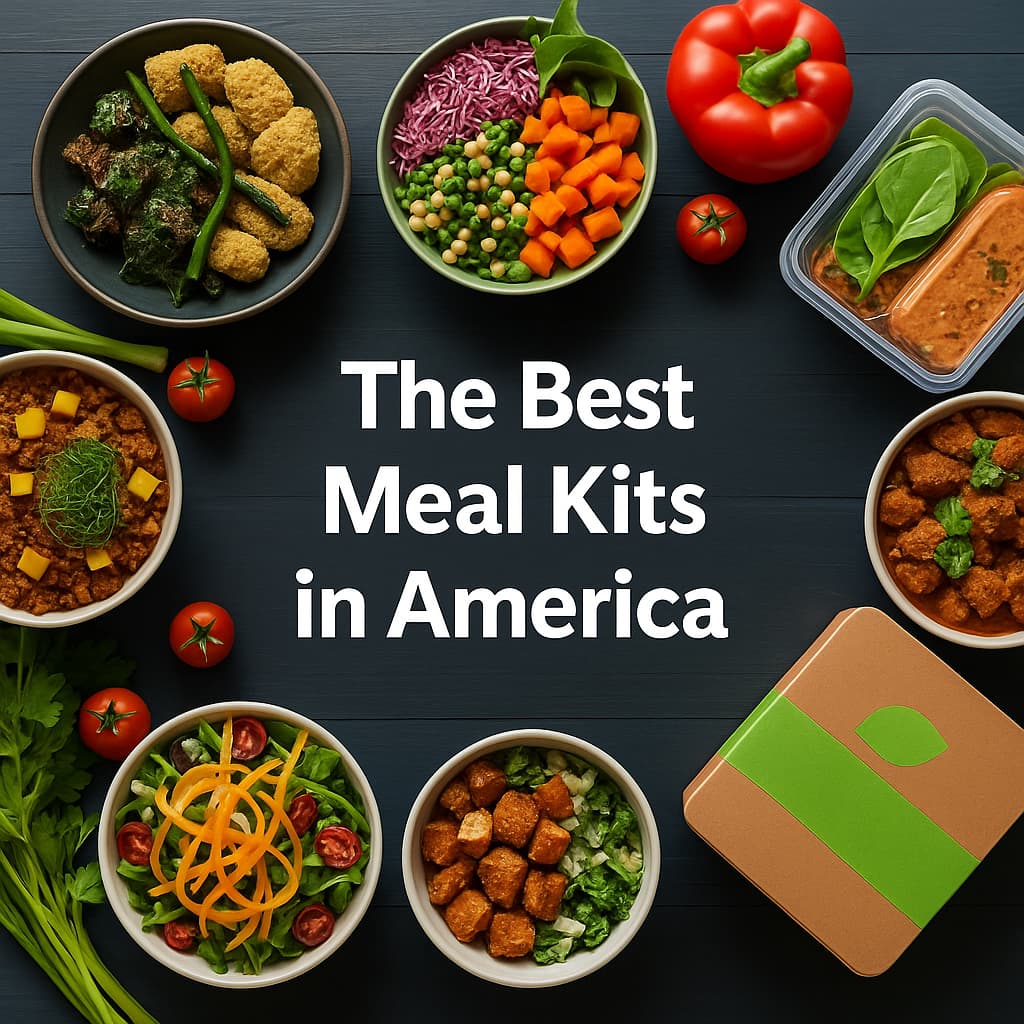
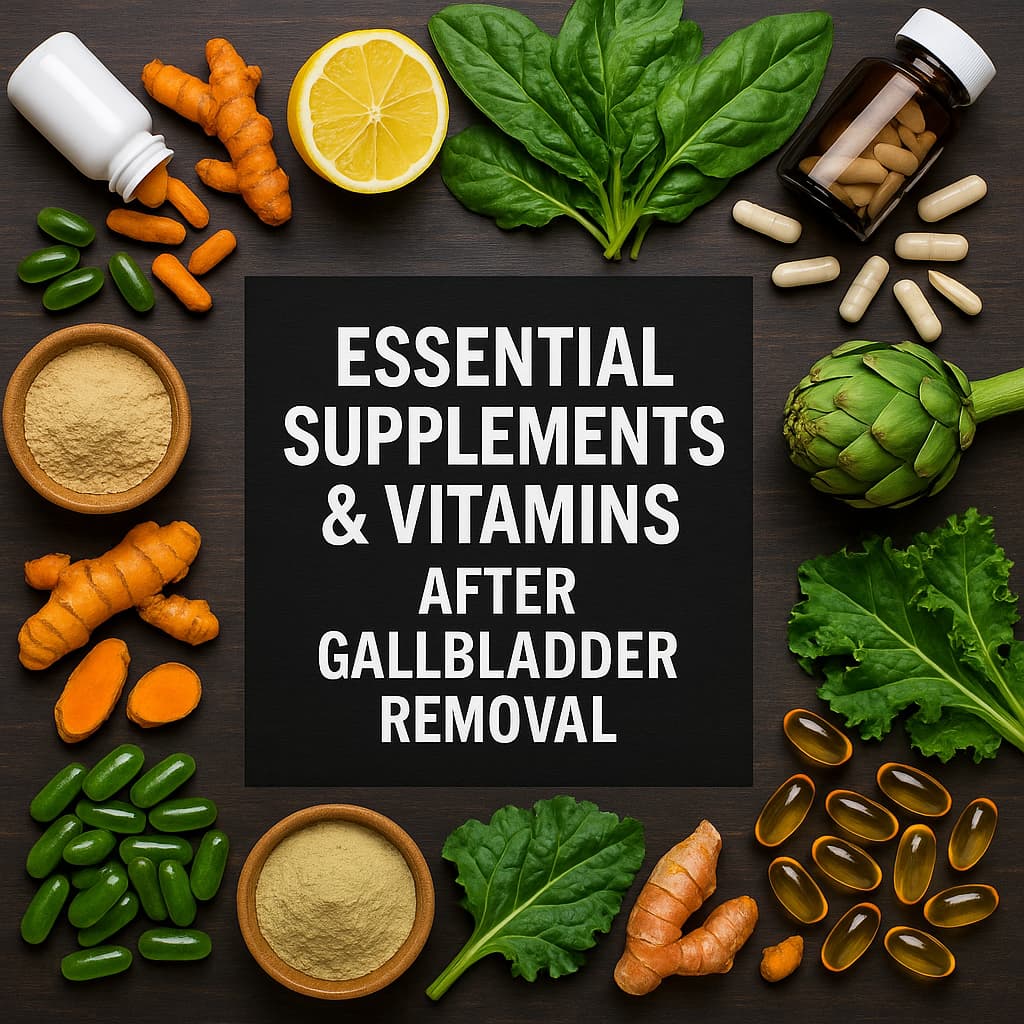

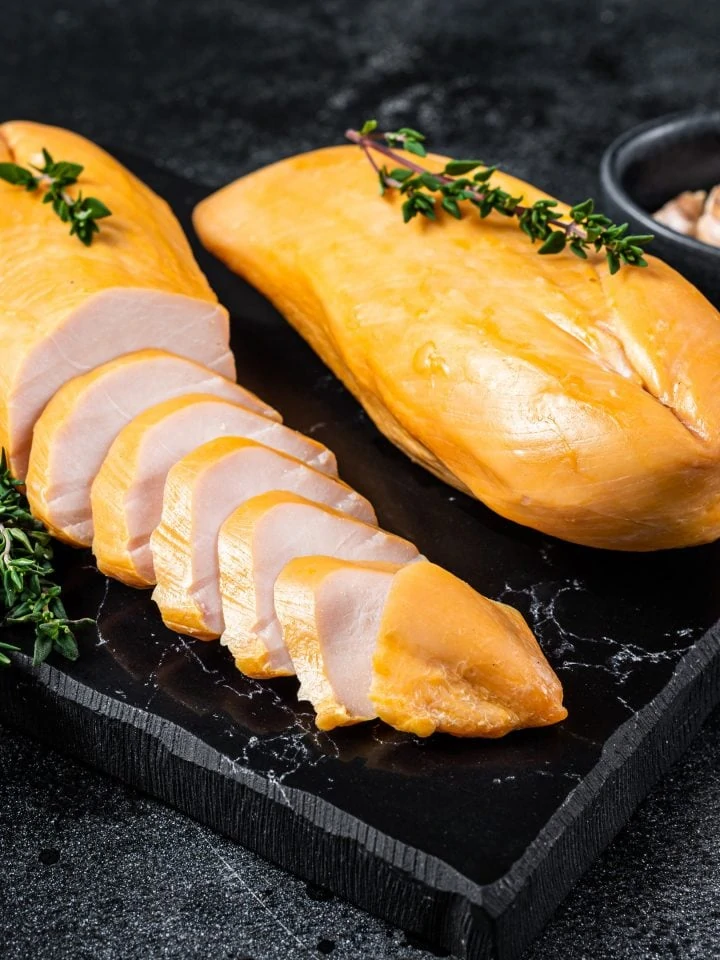
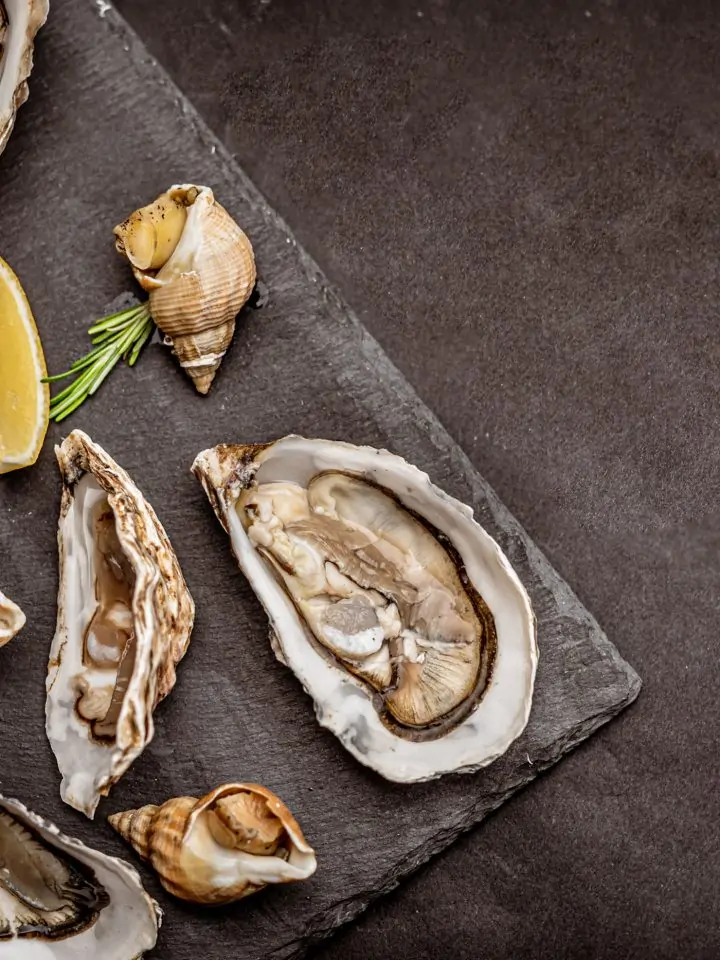
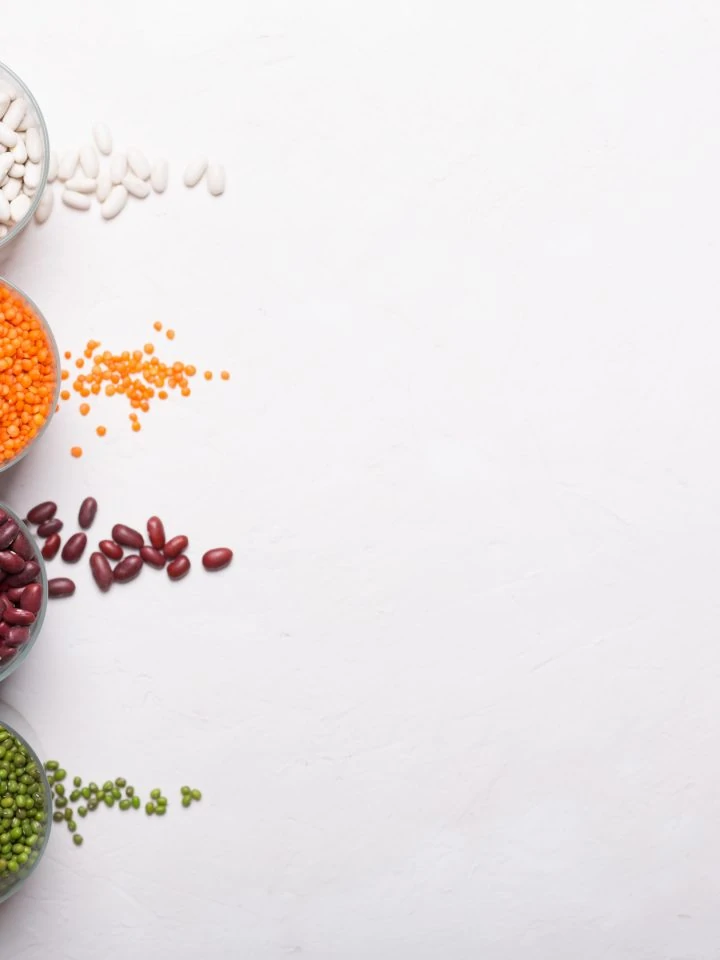
Natalie westby says
I am so thankful for this post! It’s the first time I ever read about purée food. My MIL has to be in this type of diet the rest of her life due to colon issues. I am going to use this site as a reference! Ty so much
Duffy Grove says
Dental surgery necessitates pureed until gums heal. Thank you for good ideas
Lisa says
I am 59 and pureeing fruits and vegetables, hard to digest otherwise. I have always a salad lover, has anyone pureed raw items like cucumber, carrots, chickpeas & tomatoes with good luck?